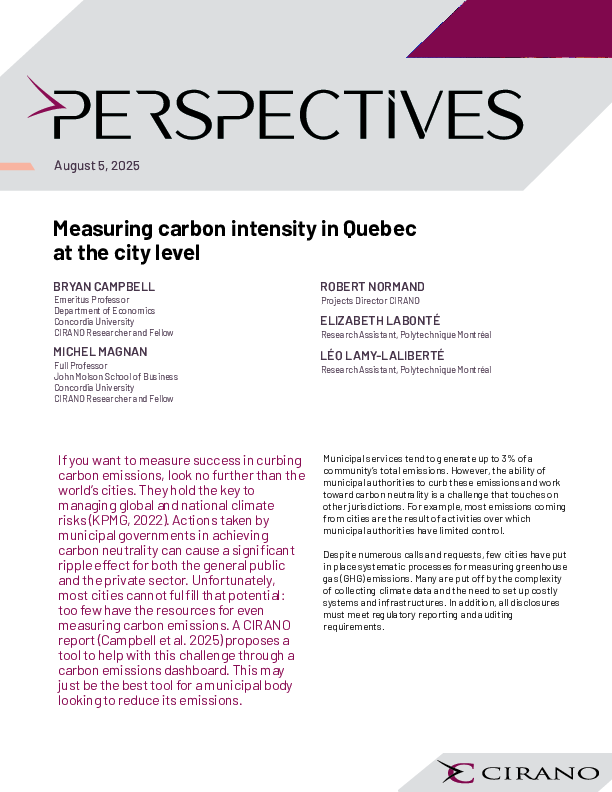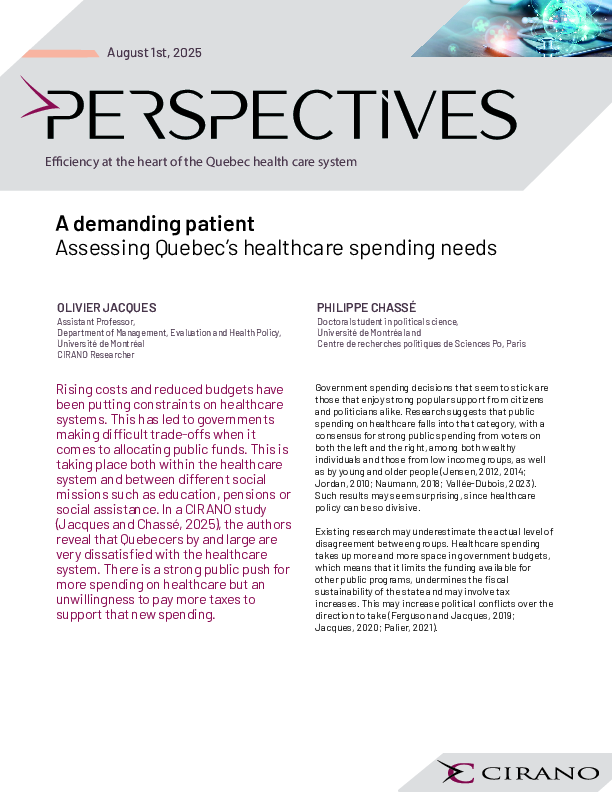Piece Rates, Fixed Wages, and Incentive Effects: Statistical Evidence from Payroll Records
We estimate the gain in productivity that is realized by paying workers piece rates rather than fixed wages; i.e., theincentive effect. Our data come from the payroll records of a British Columbia tree-planting firm that paid its workers both piece rates and fixed wages. These data contain information on the daily productivity of workers over a period of nearly six months. Furthermore, we observe the same workers under both piece rates and fixed wages, allowing us to control for individual-specific effects in the data. We develop and estimate an agency model or worker behaviour under piece rates and fixed wages. The model implies optimal decision rules for the firm's choice of a compensation system as a function of planting conditions. We use the model to derive statistical implications for the incentive effect. We demonstrate that while simple regression methods cannot identify the incentive effect (due to the endogeneity of the payment system), they can provide upper and lower bounds to this effect. We estimate those bounds to be 5% and 32% of observed productivity on piece rate contracts. We also demonstrate that the model cand be estimated structurally, wherein the firm's optimal choice of a compensation system is built directly into the estimation procedure. Structural results suggest that incentives accounted for 9.1% of observed productivity.
[ - ]




